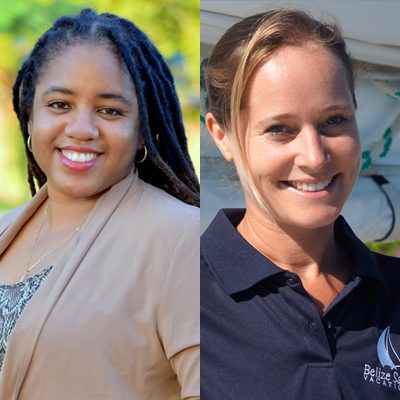Insider’s Guide to Belize: A More Affordable Caribbean
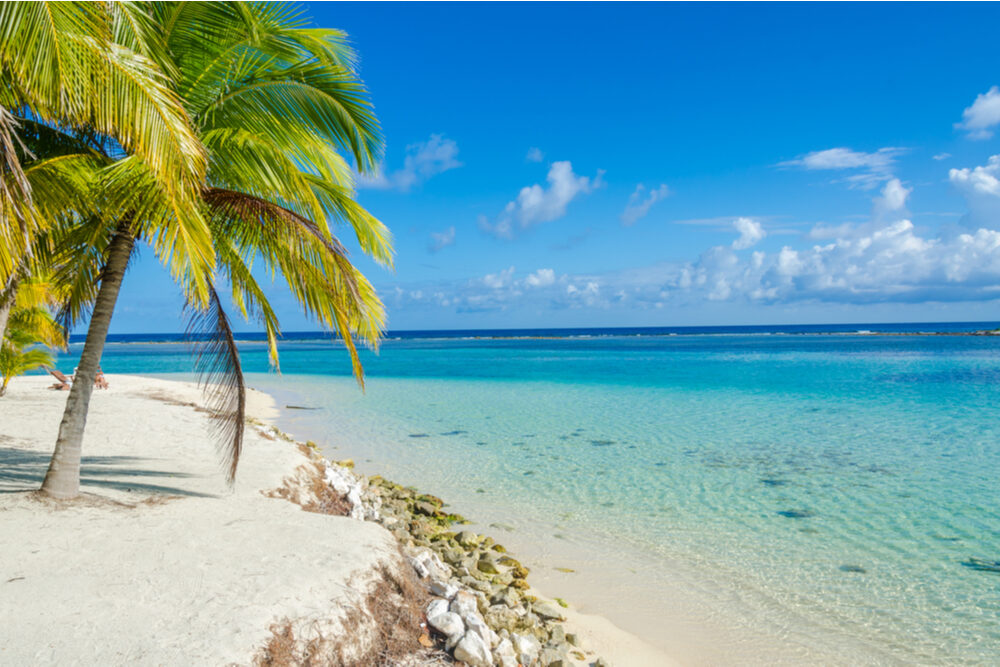 Belize's coastline is dotted with small, dreamy islands like South Water Caye. Photo: Shutterstock
Belize's coastline is dotted with small, dreamy islands like South Water Caye. Photo: Shutterstock
The insider advice on this page is from two of Wendy’s Trusted Travel Experts for Belize: Patricia Johnson and Rachael Wilson of Absolute Belize.
A Londoner who gave up the rat race to settle in the tropics (Rachael, who now lives on the coast) and a Belizean who still resides in her hometown (Patricia, who’s based near the jungle), this dream team designs custom-tailored itineraries that capture Belize’s natural and cultural wonders. Rachael and her husband also own a luxury sailing charter company—which makes trips to the world’s second-largest coral reef, hundreds of islands (known as “cayes”), and three nearby atolls much more comfortable and efficient. And Patricia can tap her network of locals to arrange chocolate-making classes in an indigenous Maya village and catch-and-cook experiences with local fishermen. From scuba diving and sport fishing to Indiana Jones–style cave adventuring, Patricia and Rachael know how to keep the adrenaline flowing. But their trips aren’t just about roughing it: Patricia spent several years working at some of the country’s luxury resorts, so their travelers get special attention there too, and they can orchestrate champagne picnics beside a waterfall or helicopter flyovers of the Great Blue Hole (which can actually be disappointing if seen only from a boat). Patricia and Rachael can arrange forays into neighboring Guatemala too.
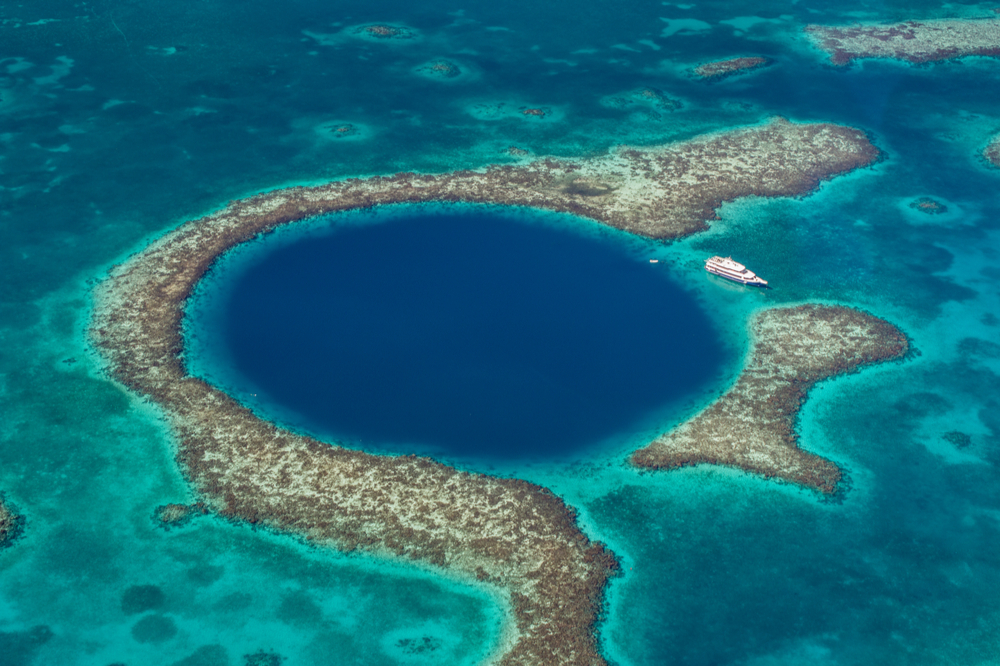
If the Great Blue Hole is on your list, make sure to see it from the air, not just sea level. Photo: Shutterstock
What to See and Do
Don’t miss
Get in the water! The Belize Barrier Reef is the world’s largest living coral reef system and a UNESCO World Heritage Site; three of the only four atolls in the entire Western Hemisphere are located off Belize; 28% of the country’s waters are Marine Protected Areas, with some of the most vibrant and bountiful underwater marine life in the world available for snorkelers and divers.
Don’t bother
Belize City has only a handful of cultural attractions, which you can see in a couple of hours. While the international airport is on the outskirts of the city, you can usually continue on to the jungle, coastline, or islands without needing to overnight there.
Most underrated place
Punta Gorda and the surrounding villages of the Toledo District. This region offers the most authentic (and barely visited) cultural immersions, and it is one of the few parts of the country where you can easily access both the ocean and the jungle from the same home base. Snorkel, scuba dive, or fish (maybe even with the chef at your resort) one day and the next visit an inland Maya village or cacao farm—this is the chocolate capital of Belize, after all—or immerse yourself in the Creole or Garifuna culture.

You can access both the jungle and the ocean from Punta Gorda. Photo: Copal Tree Lodge
Hidden gems
Glover’s Reef is an elliptical-shaped coral atoll that stretches 20 miles long and seven miles wide. Belize’s southernmost atoll and a protected marine reserve since 1996, Glover’s was named after English pirate brothers John and Rodger Glover in the 1750s (though before the pirates discovered this remote paradise, the Maya had been present, since their pottery shards have been found here). The atoll has 700 patch reefs in the azure lagoon and is surrounded by 50 miles of sheer drop-offs, starting at 25 feet and dropping to 2,700 feet. Word has it that Jacques Cousteau believed some of the best diving in the world was found around Glover’s.
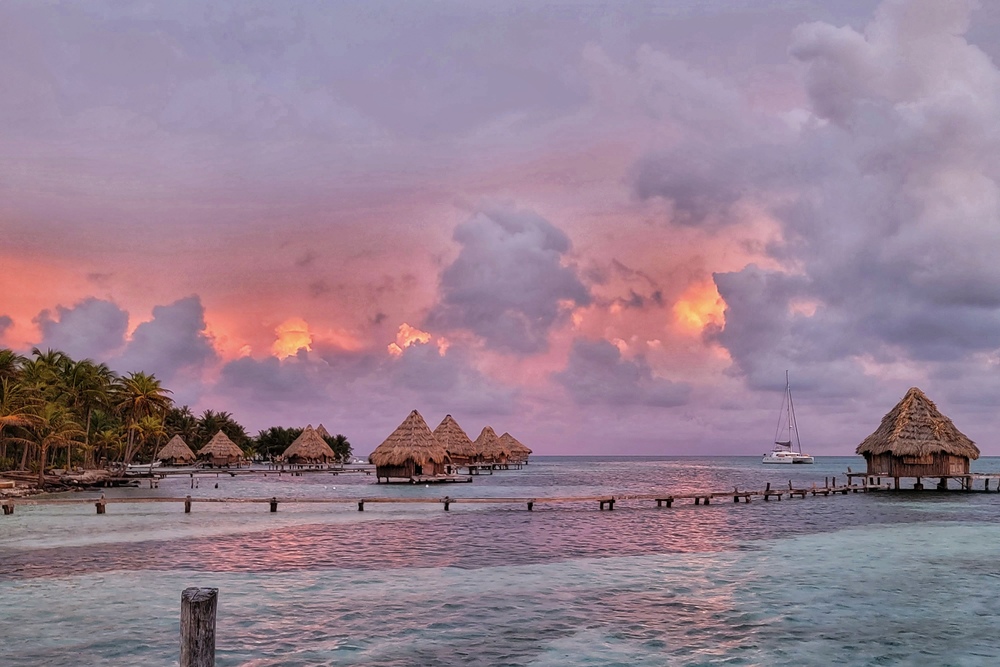
Sunset at Glover’s Atoll Resort on Northeast Caye. Photo: Absolute Belize
Cheap thrill
For about U.S. $50, you can spend a half-day snorkeling with a group at Hol Chan Marine Reserve and Shark Ray Alley, a short distance from Ambergris Caye and Caye Caulker. All manner of aquatic life hangs out in this long-established reserve, including eagle rays, French angelfish, grouper, horse-eye jacks, moray eels, parrotfish, permit, nurse sharks, tarpon, stingrays, and turtles.
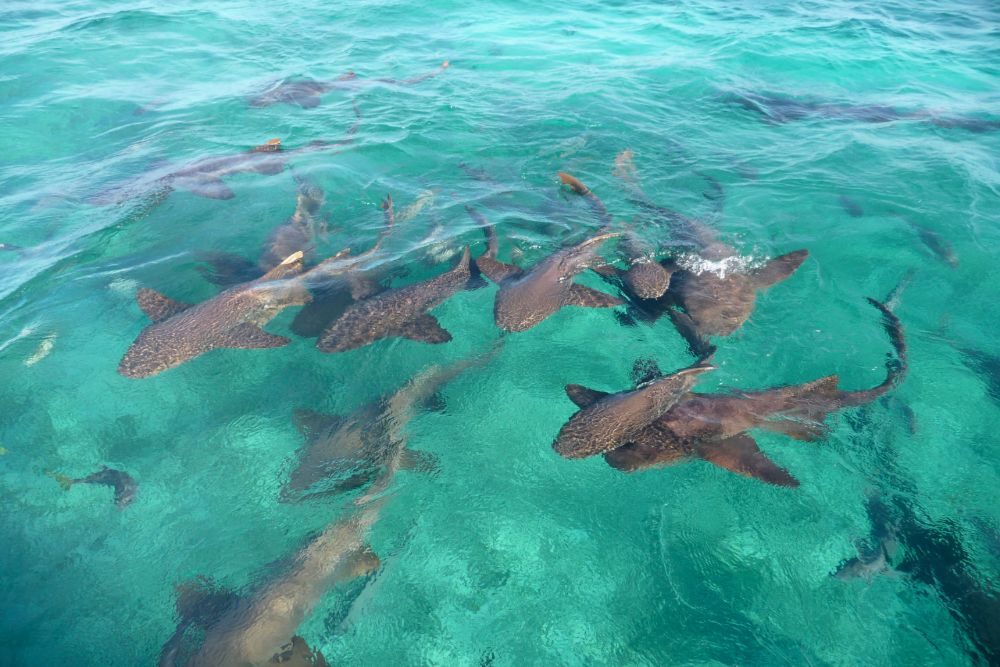
Marine life abounds at Shark Ray Alley. Photo: Absolute Belize
Traveling from Belize’s Cayo District to the south? The majestic Hummingbird Highway is dotted with easily accessible treasures along the way. Jump into a cool pool at the Inland Blue Hole, a 25-foot-deep cenote formed by a collapsed limestone cave. Or for a glimpse into the underworld, check out Herman’s Cave, connected by an underground stream to the inland Blue Hole and easily accessible via jungle trails. Park fees are minimal, and the stop can typically be added to your transfer for a small upgrade.
Prime picnic spot
Referred to by locals as “Pine Ridge,” the Mountain Pine Ridge Forest Reserve is renowned for its abundant wildlife, bellowing waterfalls, idyllic pools, and, as the name suggests, vast pine forests (a sharp contrast to the jungles and rainforests of the country). Take your picnic to Big Rock Falls, where travelers and locals alike make the steep but short descent down wooden stairways to the large pools at the base of this impressive, 150-foot waterfall. Launch yourself off the rocky cliff if you dare, enjoy a refreshing swim in the pools, or relax on the banks with a private picnic spread.

Bring a picnic to the Mountain Pine Ridge Forest Reserve. Photo: Absolute Belize
Insider tip: Start the morning with a visit to the San Ignacio farmers’ market, where you can pick up cashew nuts, fresh fruits, juices, and local goodies such as pupusas: a thick griddled flatbread made to order with your choice of savory stuffing (think beans, cheese, chicken, or pork) and served with spicy pickled onions, a Central American staple.
How to spend a lazy Sunday
Estel’s Dine by the Sea in San Pedro town, Ambergris Caye was where fishermen used to celebrate their catch; it is an island institution. Voted the best on the island and served all day, the “mix and match” breakfasts allow you to build your own (pick the fry jacks!). Other hits include lobster chorizo hash, shrimp omelets, spicy Bloody Marys, and epic weekend BBQs. The setting is beachy/casual, with the playlist nodding to the late owner Charlie’s New Orleans jazz routes, his legacy preserved to this day by his sons.
For something more zen, head five miles north of town to the bohemian, beachy bliss of Matachica Resort for a signature spa treatment, followed by lunch. The tequila fish tacos and coconut mojitos at their Mambo Restaurant are outstanding.
Where to Stay and Eat
Best bang-for-your-buck hotel
Located in the Mountain Pine Ridge Forest Reserve, Gaïa Riverlodge is about 40 minutes from San Ignacio (and a lot cooler too, thanks to its higher elevation). The main lodge sits on a platform extending over a hilltop with unobstructed views of the dramatic cascading Five Sisters Waterfalls. Expect to see toucans and other exotic birds flying by and listen for howler monkeys (which sound like dinosaurs from Jurassic Park, despite their tiny size). A hydro-powered tram transports guests from the lodge to its own private waterfalls and natural swimming pools. The only difference between the various thatched-roof, cabana-style accommodations is their views, with the most affordable rooms looking out over tropical gardens.

Choose your own adventure on a chartered yacht. Photo: Belize Sailing Vacations
Best-value splurge hotel
A luxury catamaran: The ultimate way to access the best of the barrier reef and islands is via your own private floating hotel. With a private chef and captain/tour guide on board, your itinerary is completely tailor-made; go on a spearfishing mission with your captain and enjoy your chef’s creation with the catch, or enjoy a champagne picnic or beach BBQ on a remote island that you have all to yourself. Use of kayaks, snorkel gear, fishing equipment, and paddleboards is included; Patricia and Rachael can also arrange scuba diving and land-based spa treatments and yoga sessions.
Restaurants the locals love
Ambergris Caye: Located on the lagoon side of San Pedro town, step on board The Hut Barge & Grill, a tiny backyard eatery built on a floating barge. It’s owned by Ms. Shelly and her daughter Monica, of the Arceo family—local legends and one of a handful of original resident families on the island from its humble fishing-village times. The small menu features fresh catch served daily, and “Traditional Sundays” feature stewed chicken slow-roasted in cast iron, slow-roast beef, rice and beans, and all the fixings.
Placencia: For a true barefoot rustic beach experience, De Tatch Café offers an abundance of local catch with Caribbean twists, only steps off the tiny sidewalk in the village. Evenings are for the cooler sea breezes and daily specials, such as rum mango shrimp, coconut seafood stew, or seafood creole bake…and a fortifying rum punch!
San Ignacio: Ko-Ox-Han-Nah (Let’s Go Eat, a.k.a. Hannah’s) is on Burn’s Avenue, the hub of San Ignacio. This simple wooden room with a handful of tables is deceiving, since the menu is packed with classic Belizean favorites blended with Indian and Burmese flavors. Not to be missed are their farm-to-table lamb specialties, such as lamb rogan gosht and traditional lamb stew. Hannah’s Farms also have reputable horseriding stables.
Dishes to try
Hudut is a traditional signature dish of the Garinagu people, Afro-Caribbeans who fled the Caribbean Island of St. Vincent in the late 17th century. This deeply cultural dish consists of fish cooked with coconut milk, root vegetables such as yams and sweet potatoes, plantains, and fresh herbs. You can find the most authentic version of this dish in the southern Garifuna villages. For a complete immersion into Garifuna culture in the village of Hopkins, Patricia and Rachael can arrange for you to be outfitted in traditional attire while you learn how to make hudut using homemade tools and time-honored techniques.
It goes without saying that rice and beans—or beans and rice (there is a difference!)—with stewed chicken, fried plantain, and coleslaw or potato salad are an almost-daily staple for Belizeans. Slathered with Marie Sharp’s addictive hot sauces, it’s a must.
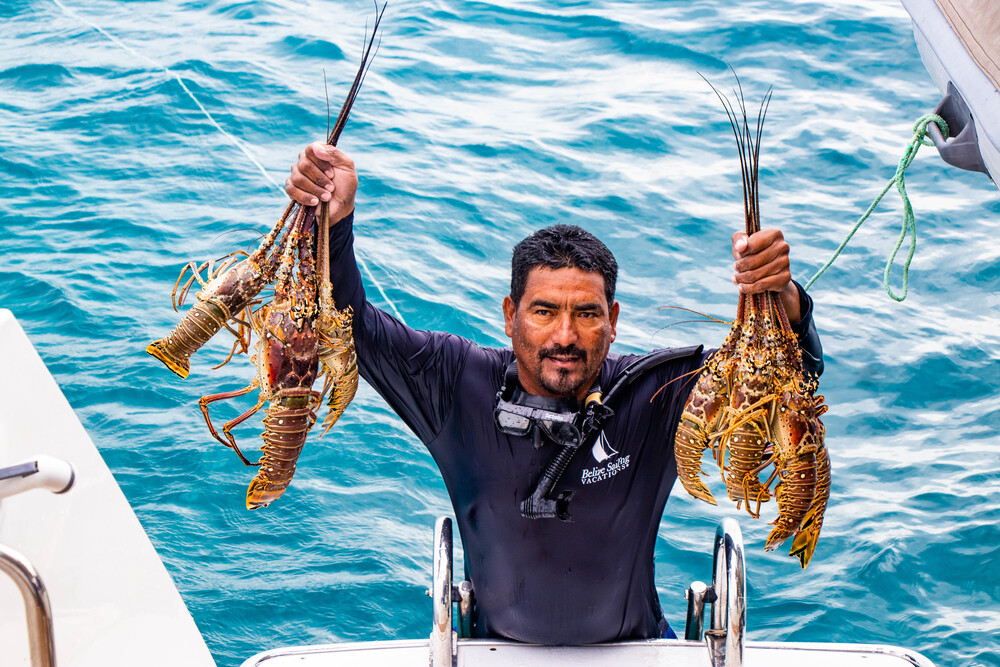
In Belize, the best thing on the menu is often the catch of the day. Photo: Belize Sailing Vacations
Meal worth the splurge
Spend an elegant evening at Mare, the flagship restaurant of Turtle Inn—Francis Ford Coppola’s Balinese-inspired eco-hotel—and a short trip from Placencia village. Situated under a towering palapa, the restaurant serves local seafood caught daily and fresh veggies from its organic farm, paired with a selection of Coppola wines. The emphasis is Italian, with eclectic twists that blend into the tropical setting. Quench your palate with a green gazpacho, and don’t miss the handmade seafood ravioli.
Best Times to Go
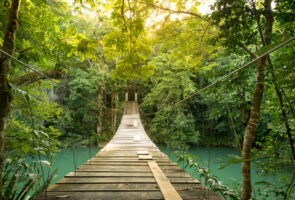
April. The trade winds are fresh, rains are rare, there are barely any bugs, and the high season is winding down. November is also a favorite for fresher evenings, sunny days, and (before Thanksgiving) low-season occupancy. For scuba divers and snorkelers, May to August sees calmer waters and excellent visibility.
Worst Time to Go
September to mid-October is the peak of the rainy season; most resorts and restaurants close for some downtime, maintenance, and renovations.
Biggest Rookie Mistake
Visiting an attraction that’s popular among cruise ship passengers when a ship is in port. The ships come into Belize City midweek; when they’re docked, avoid the cave tubing sites, ziplining, the Altun Ha Maya Ruins, and Goff’s Caye.
The Souvenir
Marie Sharp’s hot sauces have a unique twist: The base ingredient is carrot, which adds a sweetness to the habanero kick. This Belizean entrepreneur started out of her kitchen using ingredients from her family’s farm and now sells her award-winning products internationally. Take caution with the “Beware!” variant.
Buyer Beware
Always check whether prices are listed in U.S. or Belizean dollars.
Tipping Tip
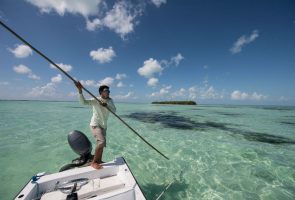
As in the U.S., tip 10% to 20% based on the service provided.
Don't Forget to Pack
Reef-safe sunscreen (the Coral Reef Alliance has a comprehensive guide), a swim shirt or rash guard, light hiking sandals that cover your toes, and bug repellent.

